Table of Contents
JavaScript is a powerful programming language widely used for creating interactive web applications. As a developer, you will inevitably encounter errors while working with JavaScript. Handling these errors efficiently is crucial to ensure the smooth functioning of your code. In this article, we will dive deep into the world of JavaScript errors, explore common types of errors, and provide practical solutions to handle them effectively. Whether you are a beginner or an experienced developer, this comprehensive guide will equip you with the knowledge and tools to tackle JavaScript errors with confidence.
What Are JavaScript Errors?
JavaScript errors are issues that occur when executing JavaScript code. They can prevent the expected behavior of your program and lead to unexpected outcomes. Understanding different types of errors and implementing appropriate error handling techniques is essential for maintaining the integrity and stability of your JavaScript applications.
Handling JavaScript Errors: Best Practices
To effectively handle JavaScript errors, developers should follow certain best practices that promote efficient debugging and graceful error handling. Let’s explore some of these practices:
Proper Error Logging
One of the fundamental aspects of error handling is implementing proper error logging mechanisms. By logging errors, you gain valuable insights into the root causes of issues and can track them down more effectively. Use a robust logging library to record error details such as the error message, stack trace, and relevant context information.
Example:
try {
// Code that may generate an error
} catch (error) {
// Log the error
logger.error('An error occurred:', error);
}
Using Try-Catch Statements
Try-catch statements provide a structured approach to handle errors. Wrap the code that might generate an error within a try block and catch the error in the corresponding catch block. This prevents the error from crashing the entire application and allows you to gracefully handle it.
Example:
try {
// Code that may generate an error
} catch (error) {
// Handle the error
console.error('An error occurred:', error);
}
Graceful Error Messaging
When an error occurs, it’s crucial to communicate the issue to the user in a clear and concise manner. Craft meaningful error messages that provide relevant information about the error while avoiding technical jargon. Users should understand what went wrong and how they can resolve the issue.
Example:
try {
// Code that may generate an error
} catch (error) {
// Display an error message to the user
alert('An error occurred. Please try again later.');
}
Thorough Testing and Debugging
Testing and debugging are integral parts of the development process. Perform thorough testing to identify and fix errors before deploying your application. Utilize browser developer tools, console logs, and breakpoints to debug JavaScript code effectively. The more diligent you are in testing and debugging, the fewer errors your application will encounter.
Example:
// Perform testing and debugging
console.log('Debugging information');
Common Types of JavaScript Errors
JavaScript errors can manifest in various forms. Let’s explore some of the most common types of errors you may encounter while working with JavaScript:
Syntax Errors
Syntax errors occur when there are mistakes in the structure or grammar of your code. These errors prevent the code from executing and need to be fixed before proceeding. Common syntax errors include missing parentheses, semicolons, or curly braces.
Example:
// Syntax error: missing closing parenthesis
console.log('Hello, world!';
Reference Errors
Reference errors occur when you try to access a variable or function that is not defined. It indicates that the interpreter cannot find the referenced item. This type of error often occurs due to typographical errors or scope-related issues.
Example:
// Reference error: variable not defined
console.log(nonExistentVariable);
Type Errors
Type errors occur when an operation is performed on a value of an inappropriate type. JavaScript is a dynamically typed language, meaning the type of a variable can change during runtime. Type errors can arise when performing incompatible operations or passing incorrect arguments to functions.
Example:
// Type error: adding string and number
let result = 'Hello' + 42;
console.log(result);
Range Errors
Range errors occur when a value is outside the allowable range or exceeds the maximum stack size. For example, attempting to create an array with a negative length or using an invalid index can result in range errors. These errors often indicate logical flaws or incorrect usage of built-in functions.
Custom Errors
Apart from the standard error types provided by JavaScript, developers can create their own custom errors. Custom errors allow you to define application-specific error types and provide additional context for better error handling.
Handling Syntax Errors
Syntax errors are among the most common errors encountered by JavaScript developers. Let’s explore how to handle them effectively:
Identifying Syntax Errors
To identify syntax errors, carefully review the error message displayed by your browser’s console. The error message usually provides details about the line number and the specific issue causing the syntax error.
Debugging Syntax Errors
To debug syntax errors, review the code around the reported line number. Check for missing parentheses, semicolons, or any other syntax-related mistakes. Often, syntax errors are a result of simple typos or incorrect usage of language constructs.
Preventing Syntax Errors
Preventing syntax errors is primarily a matter of writing clean and well-structured code. Follow consistent coding conventions, use proper indentation, and leverage code editors or integrated development environments (IDEs) that provide real-time syntax highlighting and error detection.
Handling Reference Errors
Reference errors occur when you attempt to access a variable or function that is not defined. Let’s explore how to handle these errors:
Understanding Reference Errors
When encountering a reference error, carefully check the spelling and case of the referenced variable or function. Ensure that the item you are trying to access is defined within the appropriate scope.
Troubleshooting Reference Errors
To troubleshoot reference errors, use console logs or browser developer tools to inspect the variable or function that is causing the error. Check if it is declared and assigned a value before being referenced. Additionally, verify the scope in which the variable or function is defined.
Handling Type Errors
Type errors occur when operations are performed on incompatible types of values. Let’s explore how to handle type errors effectively:
Recognizing Type Errors
When encountering a type error, carefully review the error message provided by your browser’s console. The message usually indicates the operation that caused the error and the types involved.
Resolving Type Errors
To resolve type errors, ensure that the values involved in the operation are of the expected types. Perform type checks and validations before executing operations. Use built-in JavaScript functions and methods to convert or coerce values to the desired types.
Handling Range Errors
Range errors occur when a value exceeds the allowable range or violates a constraint. Let’s explore how to handle range errors effectively:
Detecting Range Errors
When encountering a range error, review the error message provided by your browser’s console. The message often provides details about the nature of the range violation and the operation that triggered it.
Resolving Range Errors
To resolve range errors, carefully analyze the code that led to the error. Ensure that the values involved in the operation are within the acceptable range or meet the necessary constraints. If necessary, add conditional statements or validation checks to prevent range violations.
Handling Custom Errors
In addition to standard JavaScript errors, developers can create custom errors tailored to their specific application needs. Let’s explore how to handle custom errors:
Creating Custom Errors
To create a custom error, define a new error class that extends the built-in Error class. Customize the error message and add additional properties or methods as required. This allows you to create meaningful error types that align with your application’s logic.
Catching Custom Errors
To catch custom errors, use try-catch statements as you would with standard JavaScript errors. When a custom error is thrown, it can be caught in the catch block designated for that specific error type. Handle the error appropriately and provide informative feedback to the user
Frequently Asked Questions (FAQs)
What is a JavaScript error?
A JavaScript error refers to an issue or problem encountered during the execution of JavaScript code. It can occur due to syntax errors, reference errors, type errors, range errors, or custom errors.
How can I prevent JavaScript errors?
To prevent JavaScript errors, follow best practices such as proper error logging, using try-catch statements, implementing graceful error messaging, and thorough testing and debugging. Additionally, adhere to coding conventions, validate input data, and leverage linters or static code analysis tools.
What are some common JavaScript errors to watch out for?
Some common JavaScript errors include syntax errors, reference errors, type errors, and range errors. These errors can occur due to mistakes in code structure, undefined variables or functions, incompatible type operations, or violating constraints.
How do I debug JavaScript errors?
To debug JavaScript errors, utilize browser developer tools, console logs, and breakpoints. These tools allow you to inspect variables, track the execution flow, and identify the source of errors. Additionally, leverage logging mechanisms and write test cases to isolate and fix issues.
Can I create my own custom JavaScript errors?
Yes, you can create custom JavaScript errors to suit your application’s specific requirements. By extending the Error class, you can define custom error types, customize error messages, and include additional properties or methods.
What is the importance of error logging in JavaScript?
Error logging is crucial in JavaScript as it allows you to track and analyze errors that occur during runtime. By logging error details such as error messages, stack traces, and contextual information, you gain insights into the root causes of issues and can prioritize debugging efforts effectively.
Conclusion
Handling JavaScript errors is an essential skill for every developer. By understanding the different types of errors, implementing best practices, and leveraging effective error handling techniques, you can build robust and reliable JavaScript applications. Remember to log errors, use try-catch statements, and provide meaningful error messages to enhance the user experience. With diligent testing, debugging, and preventive measures, you can minimize errors and create high-quality JavaScript code.
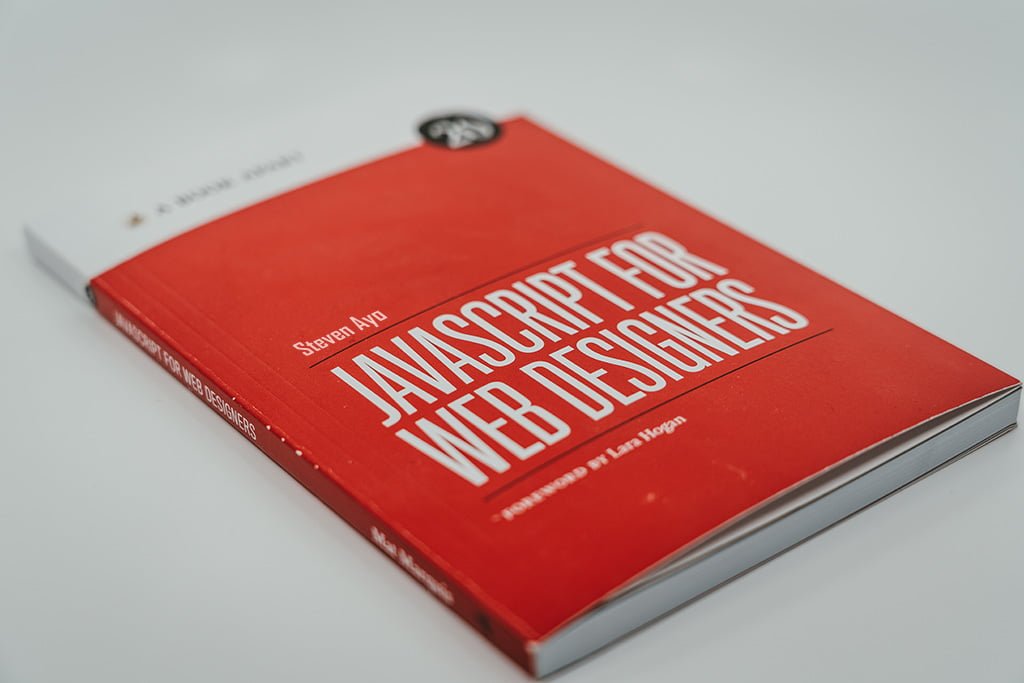
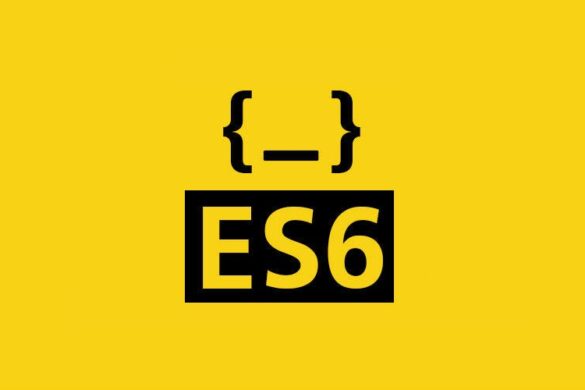
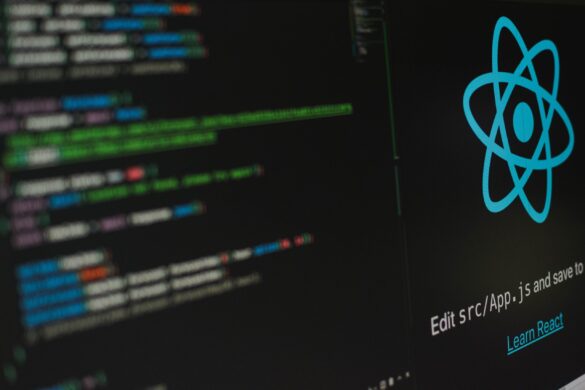
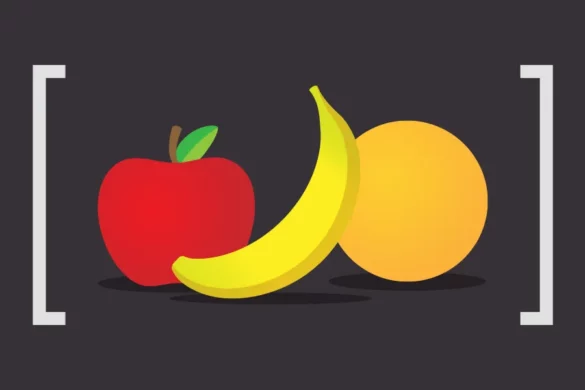

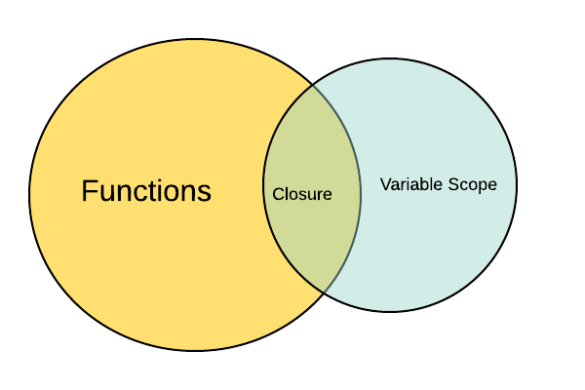

Add your first comment to this post